Ruespal
TPF Noob!
- Joined
- Jan 28, 2012
- Messages
- 3
- Reaction score
- 0
- Location
- CT
- Can others edit my Photos
- Photos NOT OK to edit
Hi- This is my first post. I need some advice for the upcoming weekend. I have a canon 60D with a 24-105mm lens and a 50mm 1.4 lens. Just got this set up a short time ago and still trying to get comfortable with it. Question- I will be taking pictures at a friends dance recital and tripods aren't allowed. Not sure where I'll be sitting so I'll take both lenses and decide which one when I get there. I'd like to use the 50 cuz of the lighting but if I'm further back I'll need the longer lens.My question is what would you use for iso,etc for this. Can't take a long exposure cuz the kids are always moving. Any suggestions would be appreciated.......




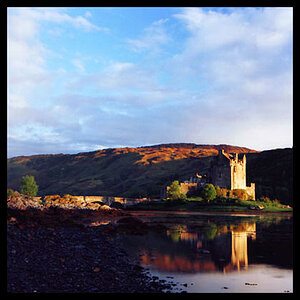
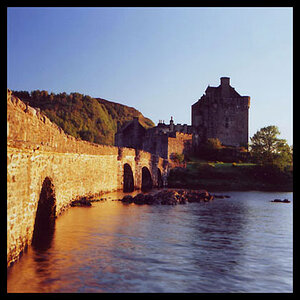

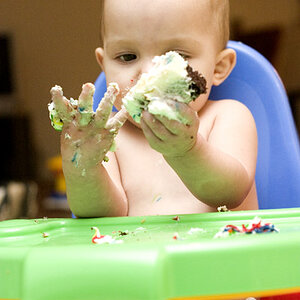
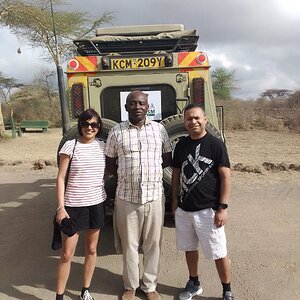
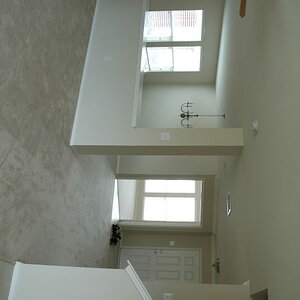
![[No title]](/data/xfmg/thumbnail/36/36396-f8e84def7352af726df923054b86284f.jpg?1619737549)
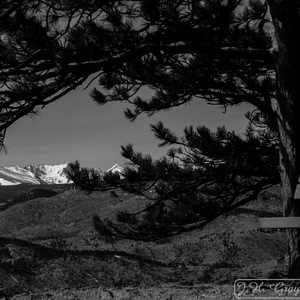
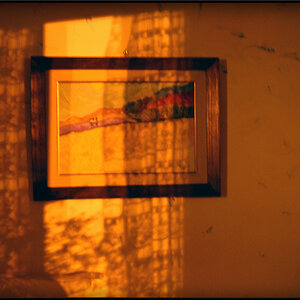
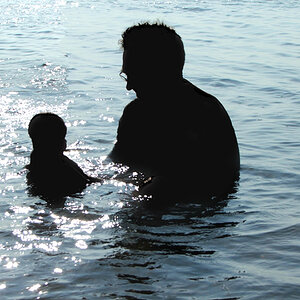
![[No title]](/data/xfmg/thumbnail/36/36395-66eaff4565ecf4245f13a9c469a9273b.jpg?1619737548)